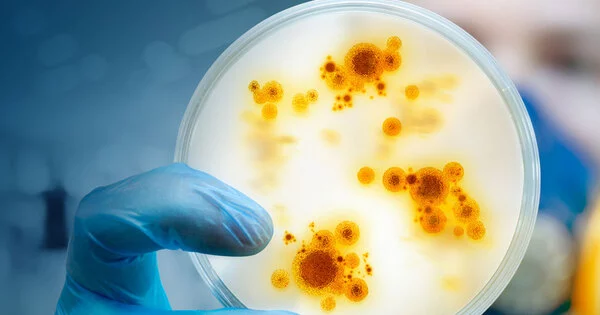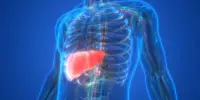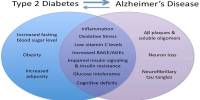While there is no single new antibiotic that can cure all superbugs without bacterial resistance, there are several new antibiotics and alternative treatments being developed that have shown promising results in combating antibiotic-resistant bacteria. One approach involves the use of bacteriophages, which are viruses that can specifically target and kill bacteria. Another approach involves using CRISPR-Cas technology to specifically target and kill antibiotic-resistant bacteria.
A new class of antibiotics was developed that cured mice infected with bacteria deemed nearly “untreatable” in humans – and resistance to the drug was virtually undetectable.
The study, which was developed by a team of UC Santa Barbara scientists, was published in the journal eBioMedicine. The drug works by disrupting multiple bacterial functions at the same time, which could explain why it killed every pathogen tested and why there was such a low level of bacterial resistance after prolonged drug exposure.
The project was led by professors Michael Mahan, David Low, Chuck Samuel, and their research team, Douglas Heithoff, Scott Mahan, Lucien Barnes, and Cyril George. Additional contributors include professors Guillermo Bazan (UC Santa Barbara) and Andrei Osterman (Sanford Burnham Prebys Medical Discovery Institute).
When asked to determine if the chemical compounds could serve as antibiotics, we thought they would be highly toxic to human cells similar to bleach. Most were toxic but one was not and it could kill every bacterial pathogen we tested.
Michael Mahan
The discovery was serendipitous. The U.S. Army had a pressing need to charge cell phones while in the field – essential for soldier survival. Because bacteria are miniature power plants, compounds were designed by Bazan’s group to harness bacterial energy as a “‘microbial”‘ battery. Later the idea arose to re-purpose these compounds as potential antibiotics.
Overall, the development of new antibiotics and alternative treatments for antibiotic-resistant bacteria is an active area of research, and it is important to continue exploring new strategies for combating these dangerous pathogens.
“When asked to determine if the chemical compounds could serve as antibiotics, we thought they would be highly toxic to human cells similar to bleach,” said Mahan, the project lead investigator. “Most were toxic – but one was not and it could kill every bacterial pathogen we tested.”

The failure of bacteria to develop resistance to the drug distinguishes it. And bacterial resistance is typically a major impediment to antibiotic development because it limits a drug’s potential market value. “The key finding was that bacterial resistance to the drug was virtually undetectable,” said Heithoff, the study’s lead author. “Most drugs fail at this stage and never reach clinical practice.”
The antibiotic has a distinct mode of action. Unlike most drugs (such as penicillin), which target a single germ function, the new drug targets multiple functions at the same time. “The drug appears to affect the bacterial membrane, which disrupts multiple bacterial functions,” Low, the co-project lead, explained. “This may account for the broad-spectrum antibacterial activity and low level of bacterial resistance.”
“This class of antibiotics has potential as a new versatile therapy for antimicrobial-resistant pathogens,” Samuel said. Additional drug safety and efficacy studies will need to be conducted to fully understand the clinical benefits and risks before the drug can be used in clinical practice.
















